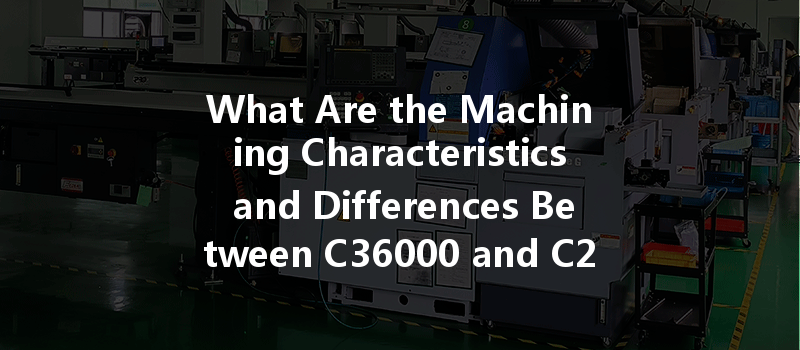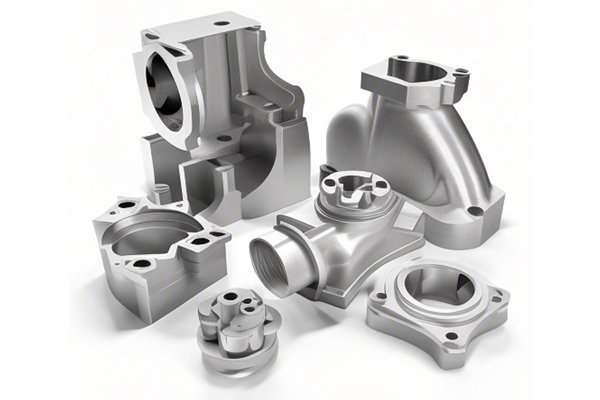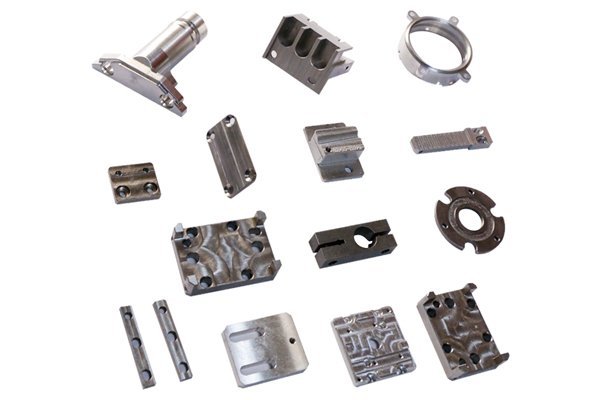: Brass in CNC Machining
Did you know that brass, an alloy of copper and zinc, has been used for thousands of years in everything from coins to musical instruments? Today, brass continues to be a popular choice for various manufacturing processes, particularly for applications requiring durability, corrosion resistance, and ease of machining. Among the numerous brass alloys available, C36000 and C26800 are two of the most commonly utilized in CNC turning. But what makes them different? How do their machining characteristics compare, and how can understanding these differences help manufacturers optimize their processes?
The Importance of Brass in CNC Turning
Brass alloys have distinct properties that make them particularly valuable in CNC machining. They are favored for their excellent machinability, ability to be cast in complex shapes, and resistance to corrosion and wear. Understanding the specific characteristics of different brass alloys enables manufacturers to select the most suitable materials for their projects, thereby enhancing productivity and cost-efficiency.
This blog will delve into the machining characteristics of C36000 and C26800 brass, comparing their properties, machining performance, and applications.
C36000 Brass: The Machinist’s Choice
Composition and Properties
C36000, often referred to as Free-Cutting Brass or machining brass, contains approximately 61% copper, 35% zinc, and a small percentage of lead (up to 3%). This composition results in exemplary machinability, making it a top choice for precision machining applications.
Key Properties of C36000:
CNC Machining of C36000
When machining C36000 brass, manufacturers typically experience a smoother turning process. The presence of lead aids in reducing friction and heat during machining, enhancing tool life. Here are a few key techniques for effectively machining C36000:
C26800 Brass: The Versatile Alternative
Composition and Properties
C26800 brass, on the other hand, consists of around 63% copper and 37% zinc, lacking the lead present in C
Key Properties of C26800:
CNC Machining of C26800
The machining process for C26800 requires different considerations than C36000 due to its composition. Here are some critical insights into effectively machining C26800 brass:

Key Differences Between C36000 and C26800 Brass in CNC Turning
Machinability
The primary differentiating factor is the machinability rating. C36000 provides an easier machining experience, enabling manufacturers to use higher feed rates and speed without significantly affecting tool life. C26800 may require more careful handling to achieve desired outcomes.
Surface Finish
C36000 often yields a better surface finish due to its lead content and grain structure. Meanwhile, C26800 can still produce a satisfactory finish but may require additional polishing or secondary machining processes.
Strength and Durability
While C36000 is known for its ease of machining, C26800 offers increased strength and is therefore preferable for applications requiring enhanced durability, such as structural components.
Corrosion Resistance
In applications where corrosion resistance is critical, C26800 is a better choice compared to C
Cost
Typically, C36000 brass is more affordable due to its widespread availability and ease of machining. C26800, while potentially providing better performance in specific applications, may lead to higher tooling and machining costs.
Practical Applications of C36000 and C26800 Brass
Both C36000 and C26800 brass alloys are widely employed across various industries.
Applications of C36000 Brass:
Applications of C26800 Brass:
: The Importance of Understanding Brass Machining Characteristics
Understanding the machining characteristics and differences between C36000 and C26800 brass helps businesses optimize their manufacturing processes. Selecting the right brass alloy can lead to improved efficiency, reduced costs, and higher quality end products.
The knowledge gained from this blog is invaluable not just to manufacturers, but also to engineers and designers who aim to specify the best materials for their applications. As the demand for precision and performance in manufacturing rises, the choice of material becomes increasingly relevant. In a world where efficiency is paramount, the ability to make informed decisions about materials like C36000 and C26800 brass can greatly influence the success of machining projects.
In summary, be it the high machinability of C36000 or the corrosion resistance and strength of C26800, understanding these fundamental differences is crucial when striving for optimal performance in CNC turning operations. As you embark on your next CNC machining project, consider these characteristics and reap the benefits of well-informed material selection.






